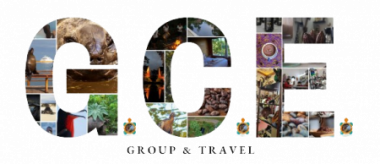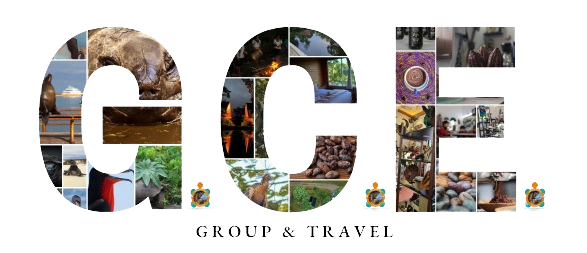Good news: A new marine reserve inside Galapagos!
The world has some marine reserves, and the one in Galapagos is the second most important one! It has some of the most distinctive and exotic species and marine ecosystems, with 133,000 km2 of pure nature, almost half the size of Ecuador.
The evolution of this marine reserve has been recent, since only some decades ago it was that the government and specific organizations started to understand the importance of this endemic place for the rest of the world. Read here the timeline of its status and the great news of the new sanctuary!
A Timeline to understand the status of the Reserve
- In 1986, the world turned its look to Galapagos. Several organizations started to expose the relevance of this marine ecosystem for all humans, and the protection of the waters that surround the archipelago was crucial since the whole area was overexploited due to the resources it had.
- In 1998, the protected areas grew and became the Marine Reserve nowadays we know.
- In 2001 it became a UNESCO World Heritage Site.
- In 2016, the current president of Ecuador, Rafael Correa, signed an executive document where the government established the creation of a new sanctuary inside the Marine Reserve.
Galapagos’ new sanctuary
This sanctuary was established with the purpose of protecting hammerhead sharks and it includes other species and areas that were unprotected until then. It is located between Darwin and Wolf islands.
At the moment of the signature were present the most important personalities of Ecuador, along with the Environment Minister, Daniel Ortega, the Tourism Minister, Fernando Alvarado, National Geographic’s scientist Enric Sala, and the Spanish singer and activist Miguel Bosé, who gave his voice to the 45-minute National Geographic’s documentary “Galapagos, Islands of Evolution”.
These islands, Darwin and Wolf, are part of the new limits that cover the protected territories inside Galapagos, and are a “No Take” zone, which means they have a special kind of safety to protect hammerhead sharks, which are almost to the point of extinction.
- Furthermore, the sanctuary contains the last coral reef in the entire Archipelago, and the world’s largest number of sharks ever reported, including the only migration of heavily-pregnant whale sharks on a global scale.
NatGeo will support the local fishermen with a compensation fund, and those who want to promote ecotourism will be supported, too. Enric Sala added that “under the water, there’s a treasure that not even Darwin could imagine”. To explain his statement, he said that sharks represent approximately $5 million along their entire life, while local fish only generate $200.
Galapagos Center Expedition will always be proud to invite you to discover the islands with us… and now that there’s a new marine sanctuary, it’s time to book!





